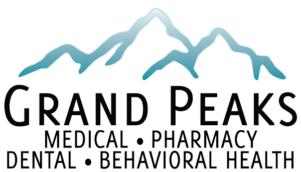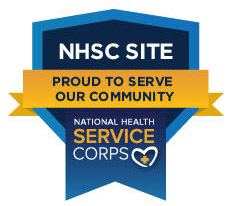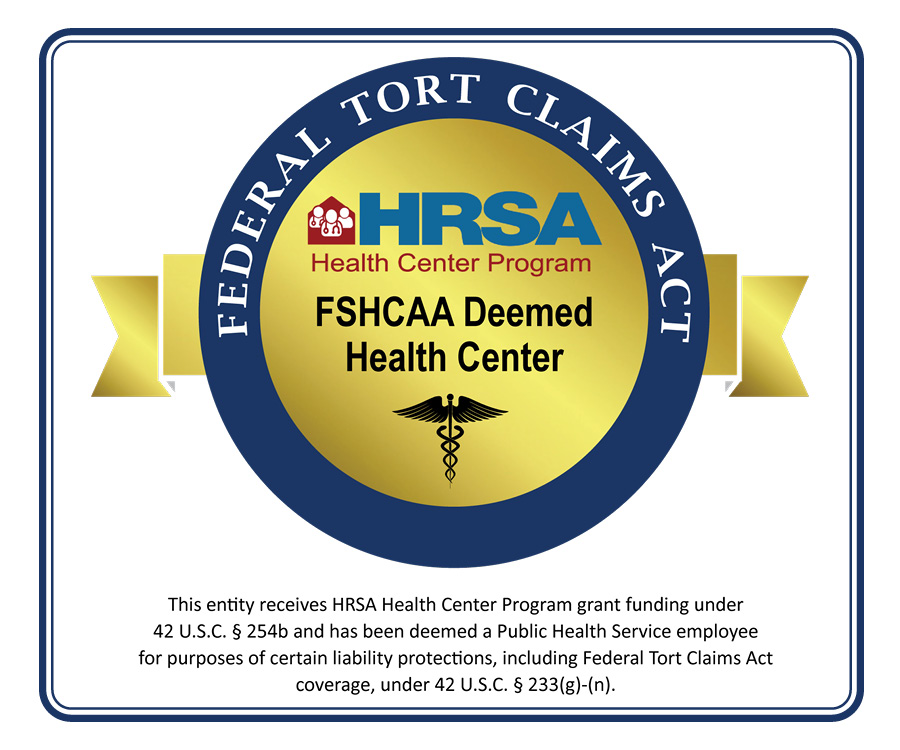Bipolar depression is a complex behavioral and mental health disorder, with many variations and differing levels of severity—depending on the individual—for which we offer individualized forms of treatment at our wellness center.
Many people make the mistake of conflating “bipolar depression” (or, “manic depressive disorder”) with simple mood swings. In other words, someone with frequent and erratic mood changes may be described as being bipolar—but this isn’t the case.
Defining Bipolar Depressive Disorder
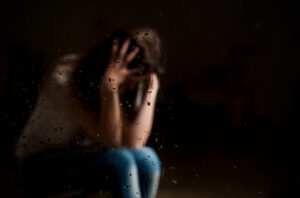 Bipolar depression does involve radical swings from major depression to euphoric mania (or hypomania, a less intense form of mania), but these alterations occur gradually and typically occur very rarely or multiple times per year.
Bipolar depression does involve radical swings from major depression to euphoric mania (or hypomania, a less intense form of mania), but these alterations occur gradually and typically occur very rarely or multiple times per year.
There are also various forms of bipolar depression.
- Bipolar I Disorder—Involves at least one manic episode preceded or proceeded by a stage of hypomania or major depression. It is not uncommon for episodes of intense mania to trigger temporary breaks from reality (psychosis).
- Bipolar II Disorder—Involves at least one episode of hypomania and at least one episode of major depression—manic episodes have not occurred.
- Cyclothymic Disorder—Involves many episodes of both hypomania and depression over the course of two or more years (for children and teenagers, one year).
- Other forms—Involve symptoms of bipolar depression caused by medical conditions like Cushing’s disease or multiple sclerosis, drugs and/or alcohol abuse, or other factors.
At our wellness center, we treat bipolar disorder in all its manifestations.
A Closer Look At Mania & Hypomania
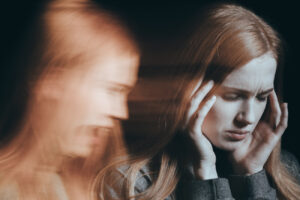 Although the symptoms are similar, mania and hypomania are two distinct conditions. That said, hypomania can be described as a less severe form of mania.
Although the symptoms are similar, mania and hypomania are two distinct conditions. That said, hypomania can be described as a less severe form of mania.
In both cases, one would experience some or all of the following symptoms:
- Excess energy,
- A need to engage in more activity,
- Feeling more talkative and an increased need to socialize,
- Agitation and irritability,
- Feelings of being on-edge or wired,
- Intense feelings of self-confidence and well-being,
- Less need for sleep,
- Scattered or racing thought patterns,
- Distractibility,
- Decreased inhibition and risky decision making.
Although much of this may sound exciting, for people on the manic side of bipolar depression, it can be a confusing and unpleasant state of being—one can feel out-of-control, confused, and, as stated above, psychotic symptoms can occur. It is very much the opposite of a depressive episode and as such, does not represent a sane or reasonable state of mind.
We have ways of helping someone in a manic episode who wants relief from the intensity and confusion that it causes.
A Closer Look At The Major Depression Side Of BD
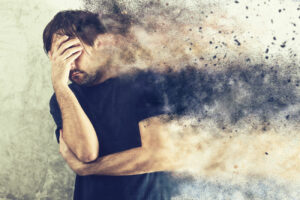 Major depressive symptoms here include:
Major depressive symptoms here include:
- Anhedonia (difficulty or inability to feel joy or pleasure);
- Feelings of worthlessness, guilt, or unexplainable sadness;
- Fluctuations in weight—anorexia or obesity;
- Disturbances in sleep—insomnia or hypersomnia (sleeping too much);
- Loss of energy, lethargy, and difficulty concentrating (brain fog);
- Suicidal thoughts.
We offer various forms of treatment for those suffering from depressed mood as a result of BD to help manage bipolar disorder.
Treatment For Bipolar Depression Differs From That Of Chronic Depression & Major Depressive Disorder
 While there is a lot of crossover, those suffering from bipolar depression require certain forms of treatment that differ from treatment for chronic depression. In both cases, treatments typically involve:
While there is a lot of crossover, those suffering from bipolar depression require certain forms of treatment that differ from treatment for chronic depression. In both cases, treatments typically involve:
- Assessment, Diagnostic, and Referral Services,
- Talk Therapy,
- Confidential Individual & Family Counseling,
- Group Therapy,
- Family Focused Therapy
When doctors prescribe medication for managing bipolar depression, it’s typically with the goal of putting a floor on how low someone can feel and a ceiling on how high they can feel—this helps to balance out one’s mood and thinking, allowing them to have more stability and control over their life and schedule. These typically involve mood stabilizers used to treat a wide variety of mood disorders.
Lifestyle changes are also typically recommended. One of the best things for someone suffering from bipolar depression is to set a regular schedule—sleeping, eating, work, recreation, etc.—and stick to it.
Lifestyle Changes For Managing Bipolar Depression
 Stick to a healthy routine;
Stick to a healthy routine;- Structure your day—stick to a schedule and perform daily tasks on a consistent basis;
- Find hobbies or activities that bring you joy such as learning an instrument, baking, cycling, or anything else that interests you;
- Keep moving—one of the best things for depression—BD included—is exercise, even if it’s low-moderate exercises like walking, jogging, or biking;
- Develop a social support network.
We offer treatment options that are catered to each individual, depending on their own unique circumstances and lifestyle.
Fill out the form below and we’ll be in touch!
